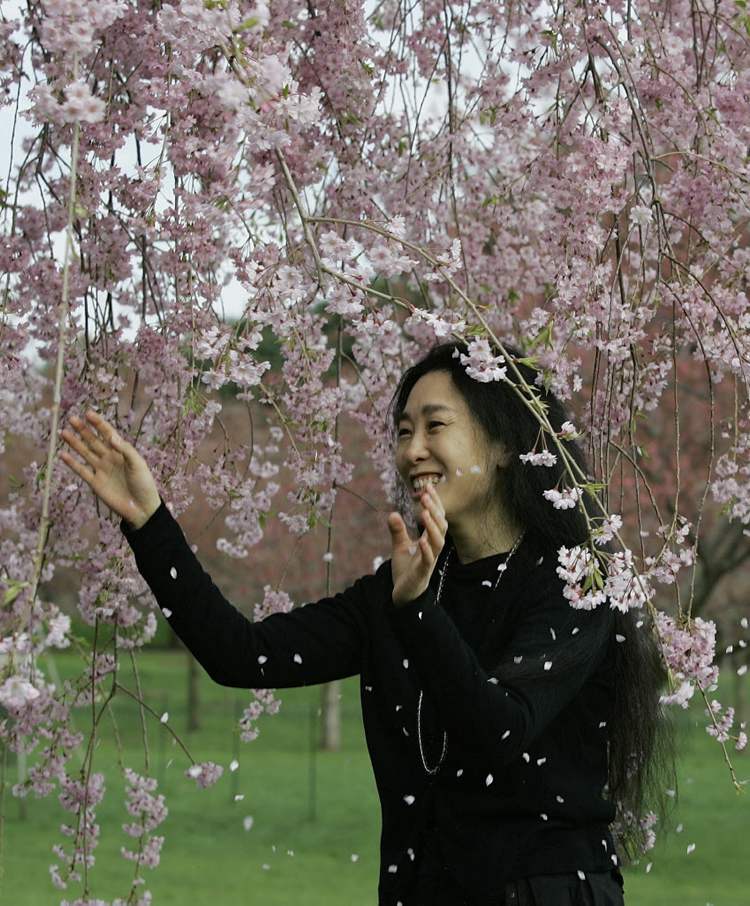Reaching for the earth: Weeping trees can add interest to a yard
Advertisement
Read this article for free:
or
Already have an account? Log in here »
To continue reading, please subscribe:
Monthly Digital Subscription
$0 for the first 4 weeks*
- Enjoy unlimited reading on winnipegfreepress.com
- Read the E-Edition, our digital replica newspaper
- Access News Break, our award-winning app
- Play interactive puzzles
*No charge for 4 weeks then price increases to the regular rate of $19.00 plus GST every four weeks. Offer available to new and qualified returning subscribers only. Cancel any time.
Monthly Digital Subscription
$4.75/week*
- Enjoy unlimited reading on winnipegfreepress.com
- Read the E-Edition, our digital replica newspaper
- Access News Break, our award-winning app
- Play interactive puzzles
*Billed as $19 plus GST every four weeks. Cancel any time.
To continue reading, please subscribe:
Add Free Press access to your Brandon Sun subscription for only an additional
$1 for the first 4 weeks*
*Your next subscription payment will increase by $1.00 and you will be charged $16.99 plus GST for four weeks. After four weeks, your payment will increase to $23.99 plus GST every four weeks.
Read unlimited articles for free today:
or
Already have an account? Log in here »
Hey there, time traveller!
This article was published 15/05/2012 (4957 days ago), so information in it may no longer be current.
Why do some trees weep?
Because they want to grow down. Instead of reaching for the sky, as most trees do, young stems of weeping trees toy only briefly with upward growth before arching gracefully earthward. Some plants begin to weep in earnest only after they get some age to them.
Many yards benefit from some weeping tree, whether it’s a willow along a streambank, a weeping cherry lending grace and tranquility to a front lawn, or a weeping beech providing a hideaway for kids. The only caution with weeping trees is not to plant too many, which might mean more than one. Otherwise, the scene can look sad indeed.

IN THE BEGINNING
A weeping tree may have begun life as a random seedling whose quirky arrangement of genes directed its stems to weep. Some such plants, although woody, could hardly be called trees. A weeping kind of goat willow, for example, makes a kind of billowing groundcover never rising more than a few feet off the ground.
Or, a weeping tree may have begun life with normal stature — until some cells in some branch underwent a slight mutation to a weeping habit. Perhaps the mutation was caused by sunlight or temperature; perhaps it was spontaneous. At any rate, all new stems and branches originating from those changed cells weep.
MAKING NEW WEEPING TREES
Now let’s make new plants from that weeping seedling or weeping branches. If the plant is one that roots easily from cuttings, you could just clip off a branch, stick it in the ground or some potting soil, and nurture it along. Problem is that if the tree is a heavy weeper, it will never get much off the ground.
To get that weeper up off the ground, or to create a weeping tree from a plant that doesn’t root readily from cuttings, graft a stem or bud from the weeping plant atop a trunk of some upright plant. As with any graft, success is possible only if the trunk section is closely related to the weeping stem piece. The graft juncture is usually obvious throughout the life of the tree.
To create a real, taller tree out of a ground-hugging weeper, or if the plant is one that doesn’t root readily from cuttings, graft a stem or bud from the weeping plant atop a trunk of some upright plant. As with any graft, success is possible only if the trunk section is closely related to the weeping stem piece. The graft juncture is usually obvious throughout the life of the tree.
Sometimes a branch of a weeping tree will all of a sudden start reaching skyward. (Talk about a wacky looking tree!) That stem could have arisen from a bud below the point where the graft was made. Or a weeping tree that originated as a branch mutation might have retained some non-weeping cells. In either case, just cut any nonweeping stems right back to their origins.
MANY THAT WEEP
Looking beyond the ubiquitous weeping cherries and crabapples, weeping trees are not all that rare.
Japanese dogwood (Cornus kousa) is a lovely tree whose white blossoms unfold after the leaves are fully out; the variety “Elizabeth Lustgarten” has somewhat weepy upper branches. “Pendulum,” a weeping form of Katsuratree (Cercidiphyllum japonicum), presents a waterfall of bluish green leaves.
For a weeping evergreen, few are more graceful than the Sargent hemlock. Or more odd than a weeping form of giant sequoia, whose leading stem pushes skyward in fits and starts, zigging and zagging and dipping along the way but always remaining clothed in a shaggy mane of droopy branches.
___
Online:
http://leereich.blogspot.com/
http://leereich.com/

